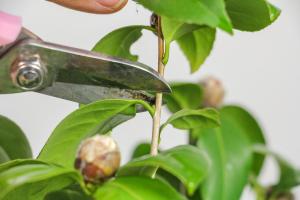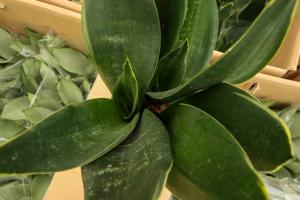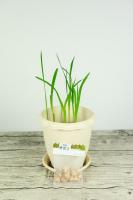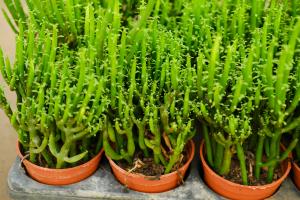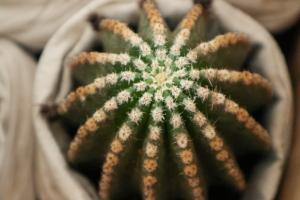How to take care of frostbitten tomato plants
Frost can be harmful to tomato plants, especially if they're not protected. Frostbitten tomato plants can suffer from various problems, such as frozen leaves, damaged stems, and stunted growth. However, there are some measures you can take to help your frostbitten tomato plants recover and thrive. Here are some tips on how to take care of frostbitten tomato plants:
Remove the damaged foliage
When tomato plants get frostbitten, their leaves can turn yellow, wilt, and eventually die. It's essential to remove the damaged foliage to prevent fungal diseases from spreading and to allow the plant to allocate its resources to healthy parts. You can use a sharp pair of pruning shears or scissors to cut off the frost-damaged leaves and branches. Make sure to sterilize your tools with rubbing alcohol or bleach before using them and to dispose of the damaged foliage correctly.
Water the plants carefully
Frost-damaged tomato plants often have weakened stems and roots, making them more susceptible to water stress. It's crucial to water the plants carefully and avoid overwatering them. Give the plants enough water to keep the soil moist but not soggy. You can use a moisture meter or stick your finger into the soil to check the moisture level. If the soil feels dry, water the plants thoroughly. If the soil feels wet, wait for a few days before watering again.
Fertilize the plants appropriately
Frost-damaged tomato plants may need extra nutrients to recover from the damage and produce healthy foliage and fruit. However, it's essential not to overfertilize the plants, as this can lead to salt build-up and root damage. Use a balanced fertilizer, such as a 10-10-10 or 20-20-20 formula, and follow the instructions on the label carefully. You can apply the fertilizer every two to three weeks, depending on the plants' growth stage and soil quality.
Protect the plants from future frosts
To prevent your tomato plants from getting frostbitten again, you can take some preventive measures, such as:
Cover the plants with a frost blanket, cloth, or plastic sheeting when frost is expected. Make sure to secure the cover properly and remove it once the frost is gone.
Plant tomato seedlings after the last frost date in your area or start them indoors and transplant them once the risk of frost is low.
Choose tomato cultivars that are more tolerant of cold temperatures, such as Early Girl, Oregon Spring, or Stupice.
Plant the tomato plants in pots or raised beds, where you can control the soil quality and drainage more easily.
Conclusion
Frost can strike tomato plants unexpectedly and cause various problems, from frozen foliage to stunted growth. However, with the right care and preventive measures, you can help your frostbitten tomato plants recover and thrive. Remember to remove the damaged foliage, water the plants carefully, fertilize them appropriately, and protect them from future frosts. By doing so, you can enjoy a bountiful tomato harvest and keep your plants healthy and happy.

 how many times do yo...
how many times do yo... how many planted tre...
how many planted tre... how many pine trees ...
how many pine trees ... how many pecan trees...
how many pecan trees... how many plants comp...
how many plants comp... how many plants can ...
how many plants can ... how many plants and ...
how many plants and ... how many pepper plan...
how many pepper plan...